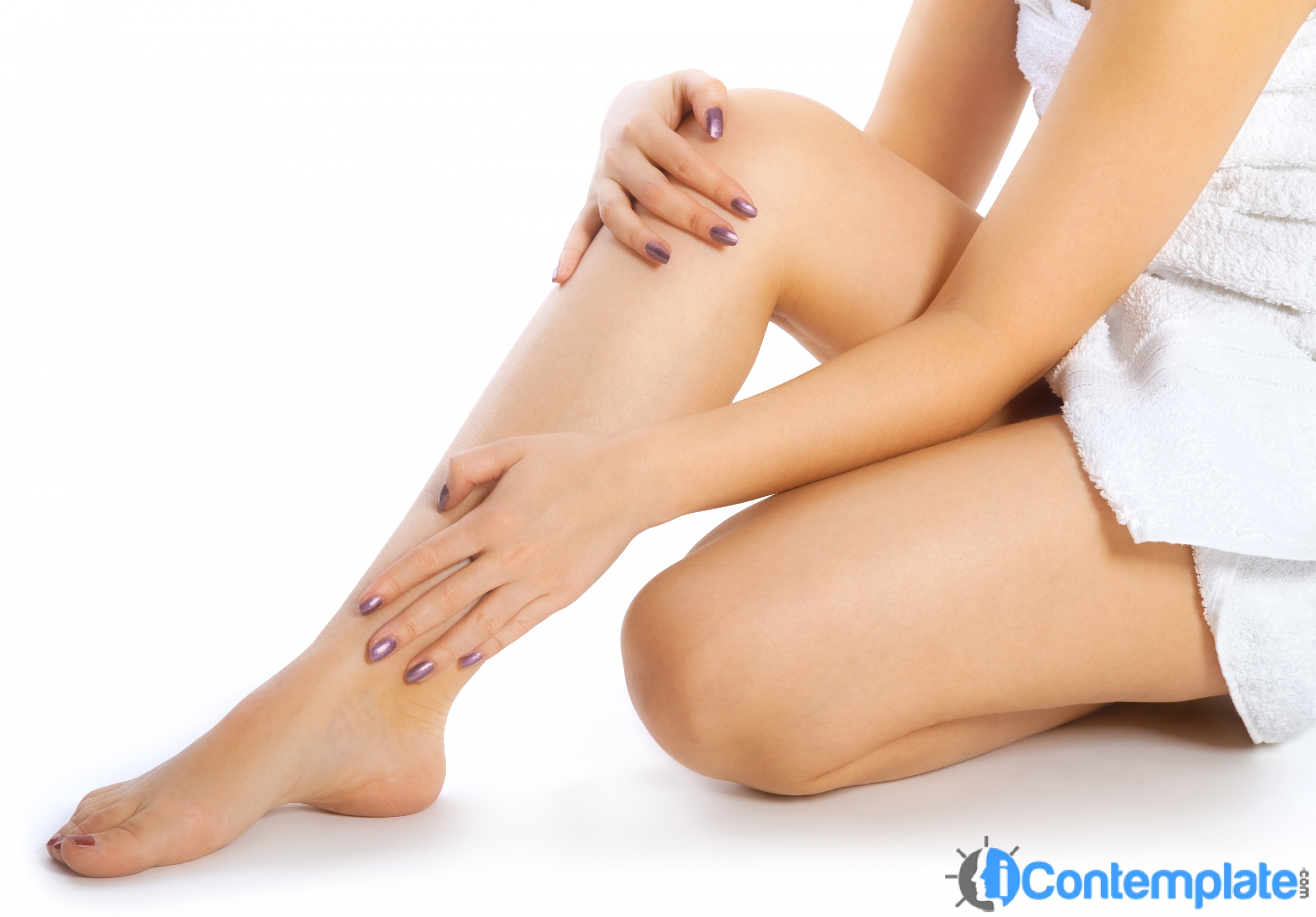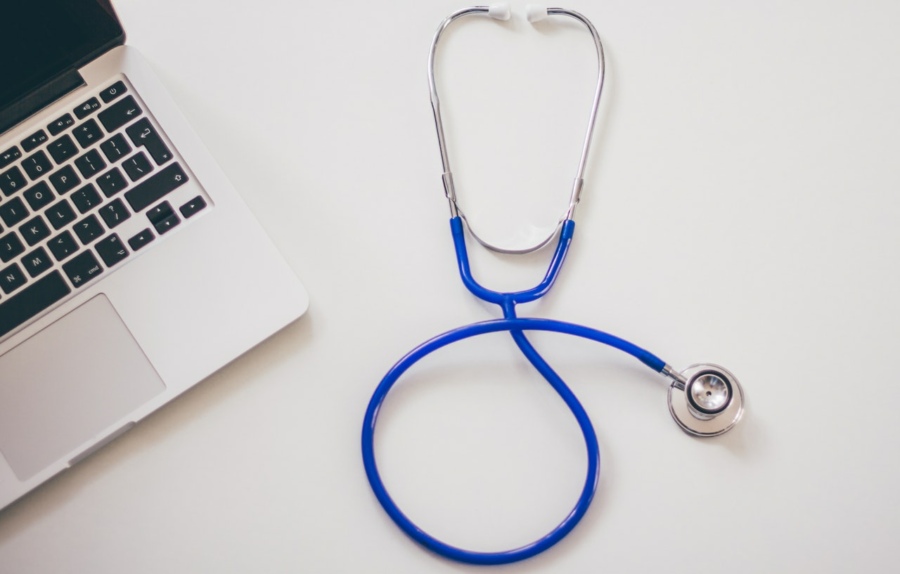What is Chronic Venous Insufficiency?
CVI occurs when the valves and venous wall in the legs are not working properly. The blood has difficulty moving back up from the legs to the heart and lung. As a result, it pools in the veins—this is referred to as ‘stasis.’
What Causes CVI?
The purpose of veins is to deliver blood to the heart from all the other parts of the body. They contain one way valves that force it to just go in this direction, and it is moved by contractions in calf muscles and other muscles. When these valves are damaged, the blood leaks backwards. This damage most commonly results from the natural aging process, reduced mobility or sitting or standing for long periods. It can also be caused by blood clots in the legs, pelvic tumors and vascular malformations.
What are the Symptoms?
If you think you have symptoms of CVI, you should go to a doctor because symptoms get progressively worse over time, and treatment becomes more complex. The earlier you begin managing the condition, the less risk of serious complications.
Symptoms of CVI are as follows:
- Swelling in ankles and lower legs, particularly after long periods of standing
- Tiredness or aching in the legs
- Formation of new varicose veins
- Skin on the legs that looks leathery
- Itching or flaky skin on the feet and legs
- Stasis ulcers
Failure to treat CVI can lead to a number of problems, such as making skin more sensitive to being broken, tissue inflammation, tissue damage, ulcers, cellulitis and infections.
What are the Risk Factors?
There are several risk factors associated with developing CVI that include:
- Being diagnosed with deep vein thrombosis (DVT)
- Having varicose veins or a family history of varicose veins
- Obesity
- Pregnancy
- Inactivity
- Smoking
- Sitting or standing for long periods
- Being female
- Being over the age of 50
It is estimated that 40 percent of people in the US have CVI.
What are Treatment Options?
There is a variety of treatment options, and like many conditions, the earlier you start treating, the better the outcome.
Avoid sitting and standing for prolonged periods. If you must sit for a long time, flex your legs and ankles about 10 times every half hour. Regular exercise, particularly walking, is very beneficial for optimizing circulation. Maintain a healthy weight. Elevate your feet above your heart when sitting or lying down. Compression stockings are recommended—make sure they are fitted properly or you may actually worsen CVI. If you have any skin infections, be sure to treat them properly. Keep skin moisturized to prevent cracking.
There are procedures available for treating vein disease, such as sclerotherapy and endovenous thermal ablation. These treatments get rid of the damaged veins by injecting a solution and lasering them away, respectively. Less than 10 percent of patients require surgical interventions such as vein stripping a bypass surgery.





